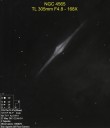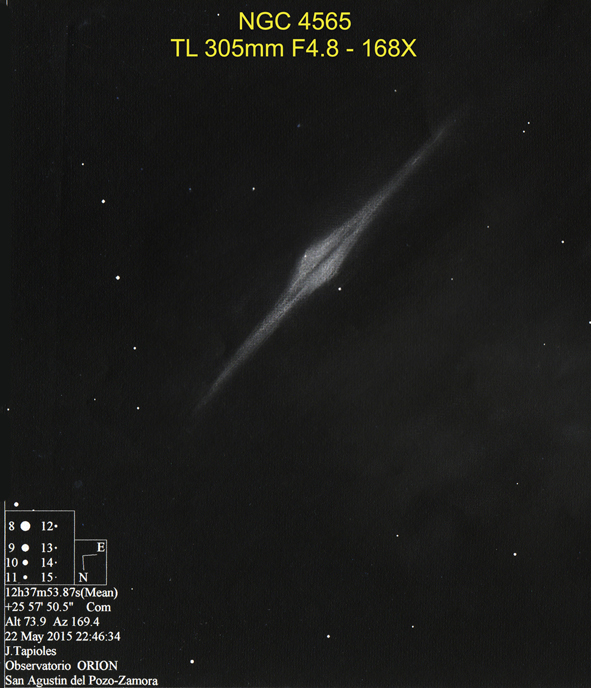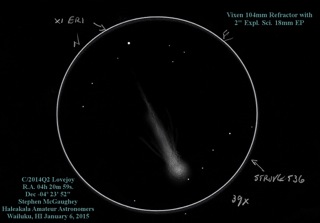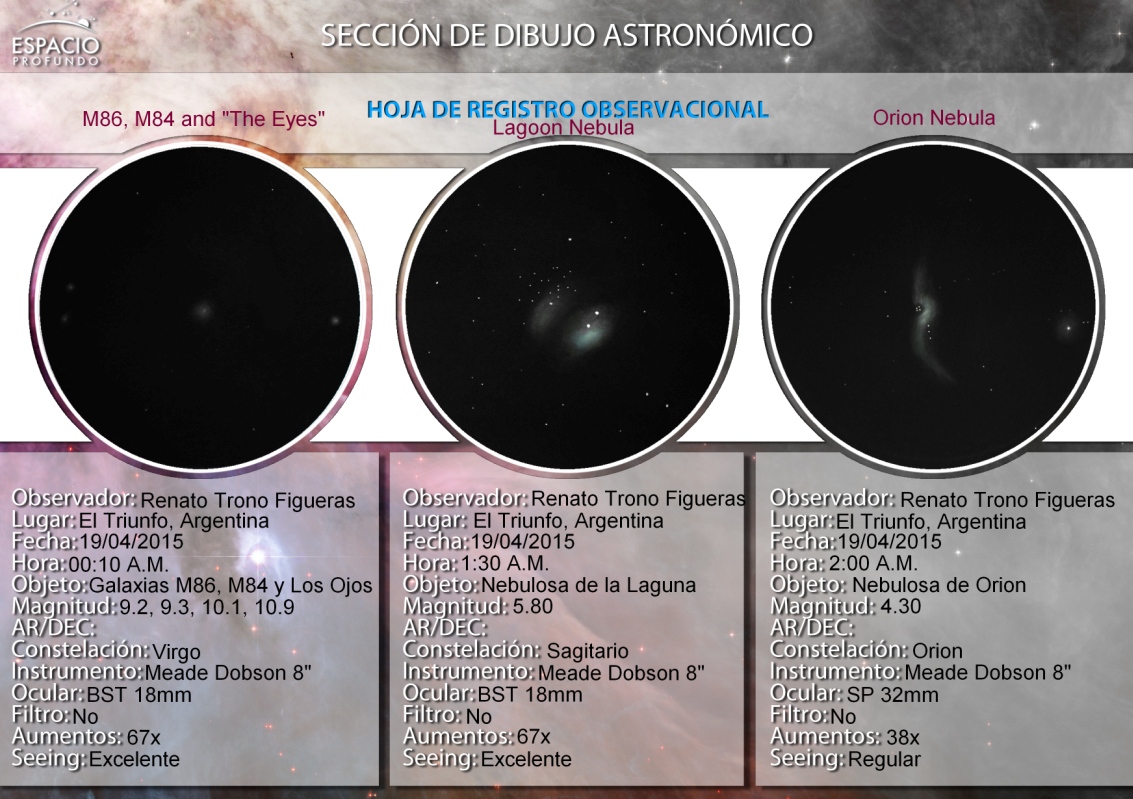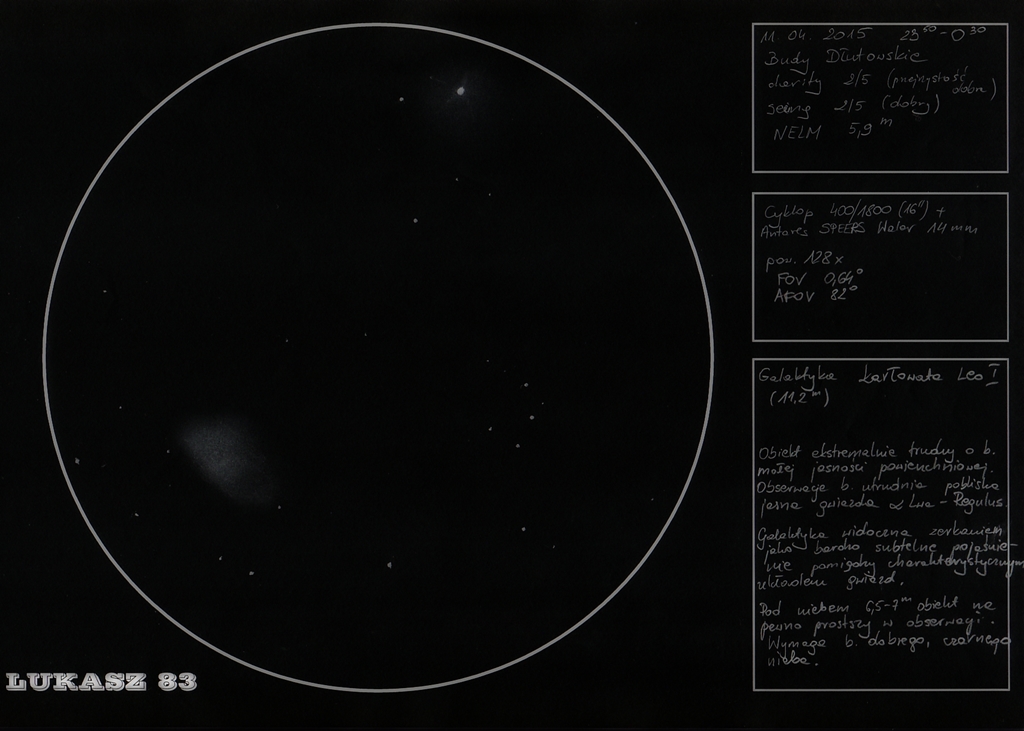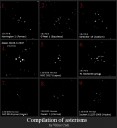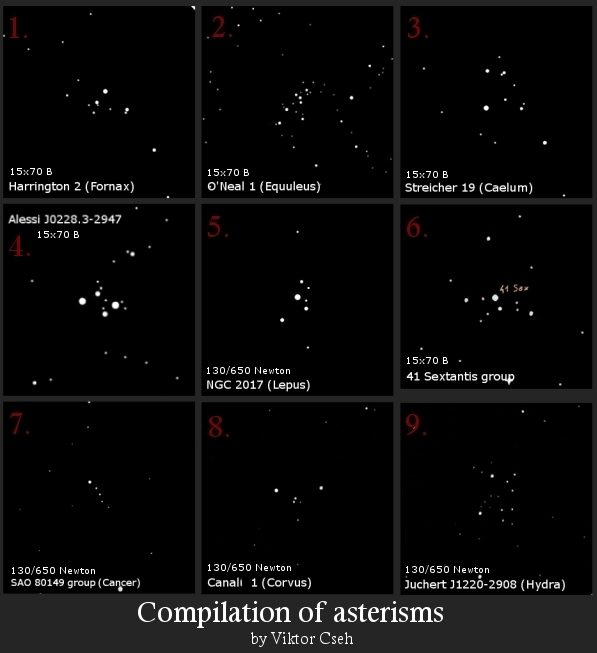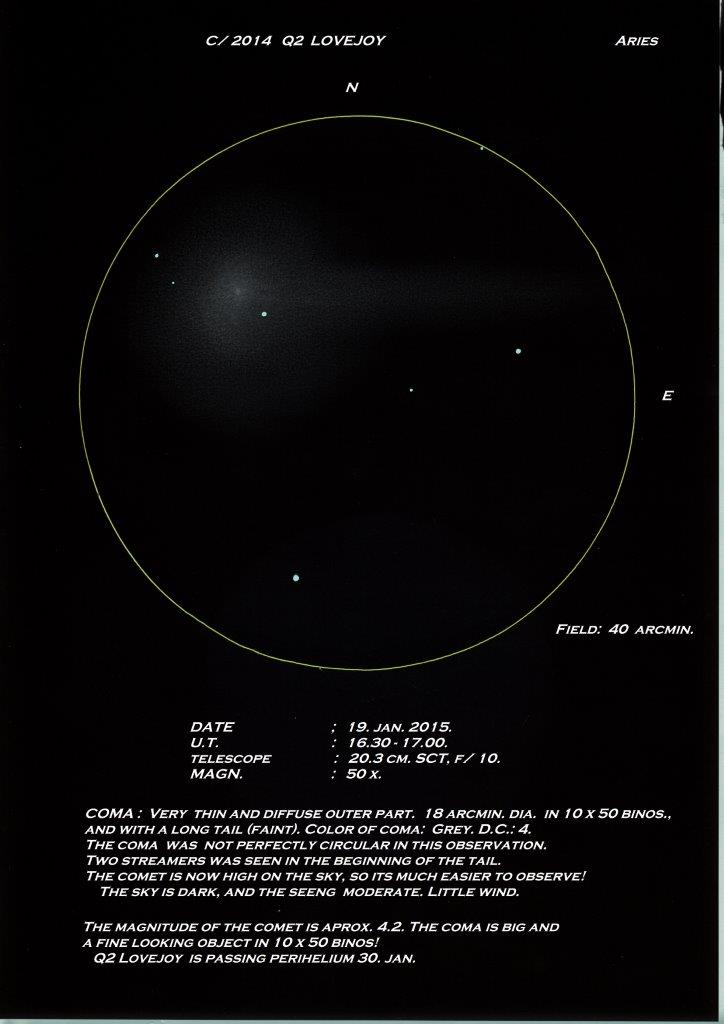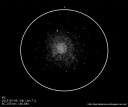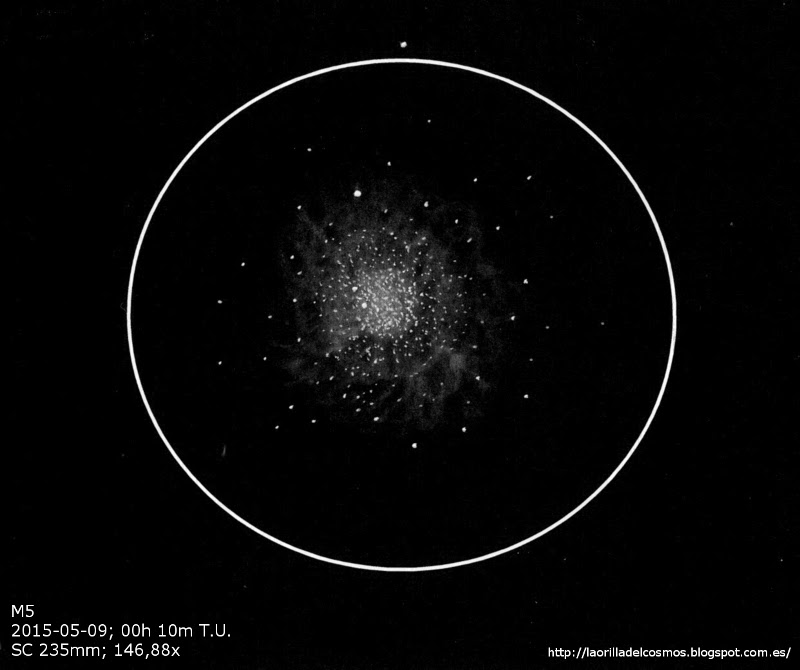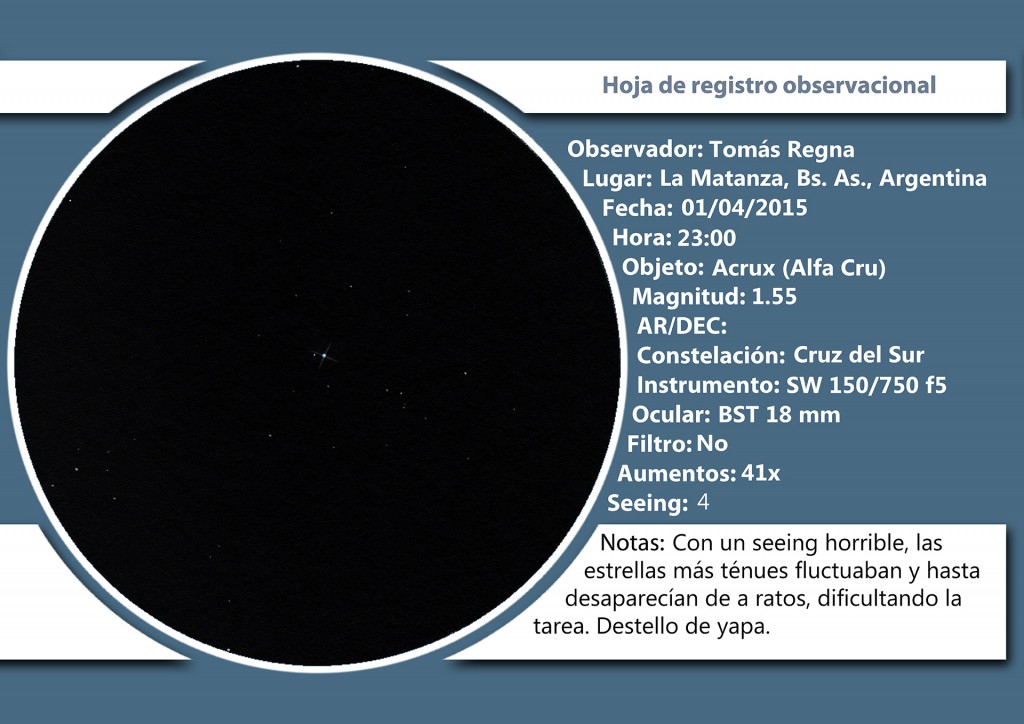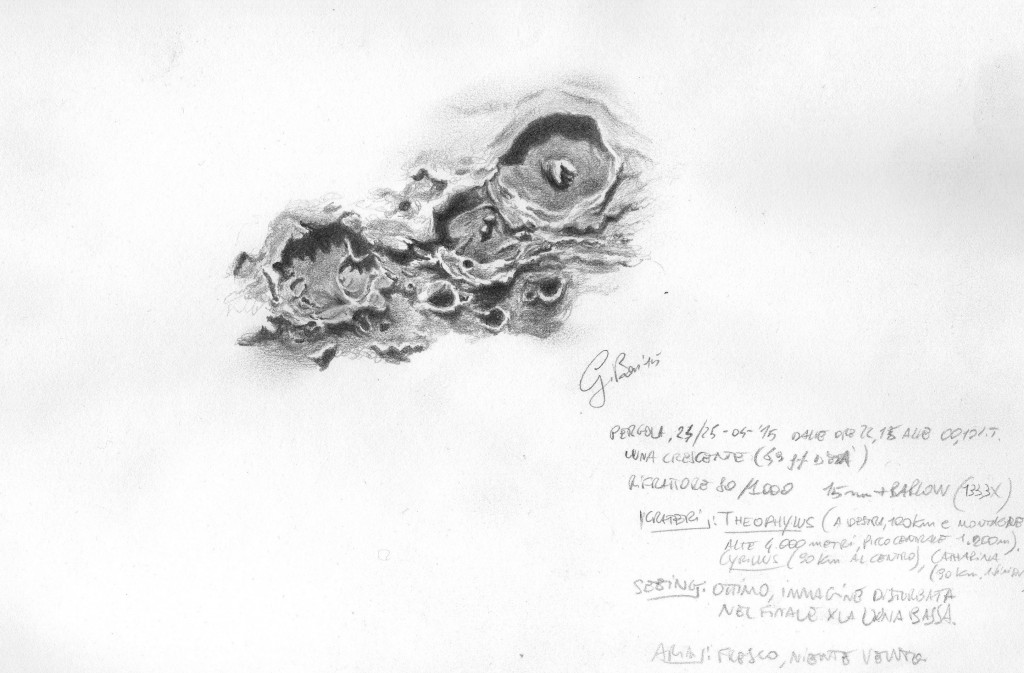
Hello Artist of the nightsky! How are you? i come after long time and many problems,in my family and out….
But i not stopped my asketch activity.
I follow yours splendid works always……
i return to asod with my last Moon sketch made with my old Refractor Kenko 80/1000.
The sky was clear and i take my telescope and placed it on my roof in front my home.
The image was perfect,still and my eies was concentrated to tryade of craters: Theophilus ,Cyrillus and Catharina.
I see many shadow and particulars of surface……incredible show!!
I hope like you!
Ciao! Giorgio.
Site: Pergola,Marche,Center Italy.
Date: 24-25 April 2015
Moon phase: Crescent (6,9 days)
Instrument: Refractor Kenko 80/1000
eyepiece: 15mm + Barlow
Magnification: 133x
Seeing:Perfect,not at the end cause Moon very low
Temperature: Little cold,not wind.
Media: Graphite pencil on white paper Fabriano for sketches

